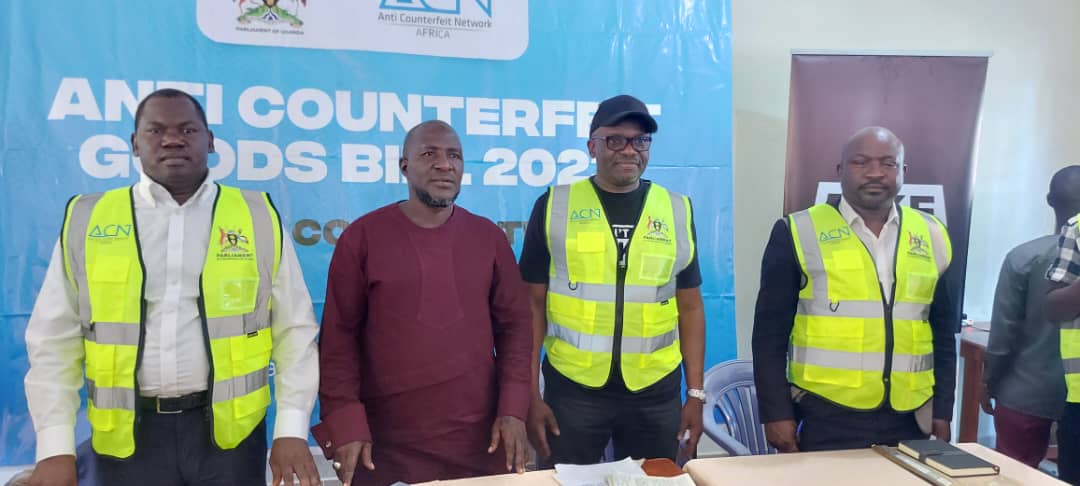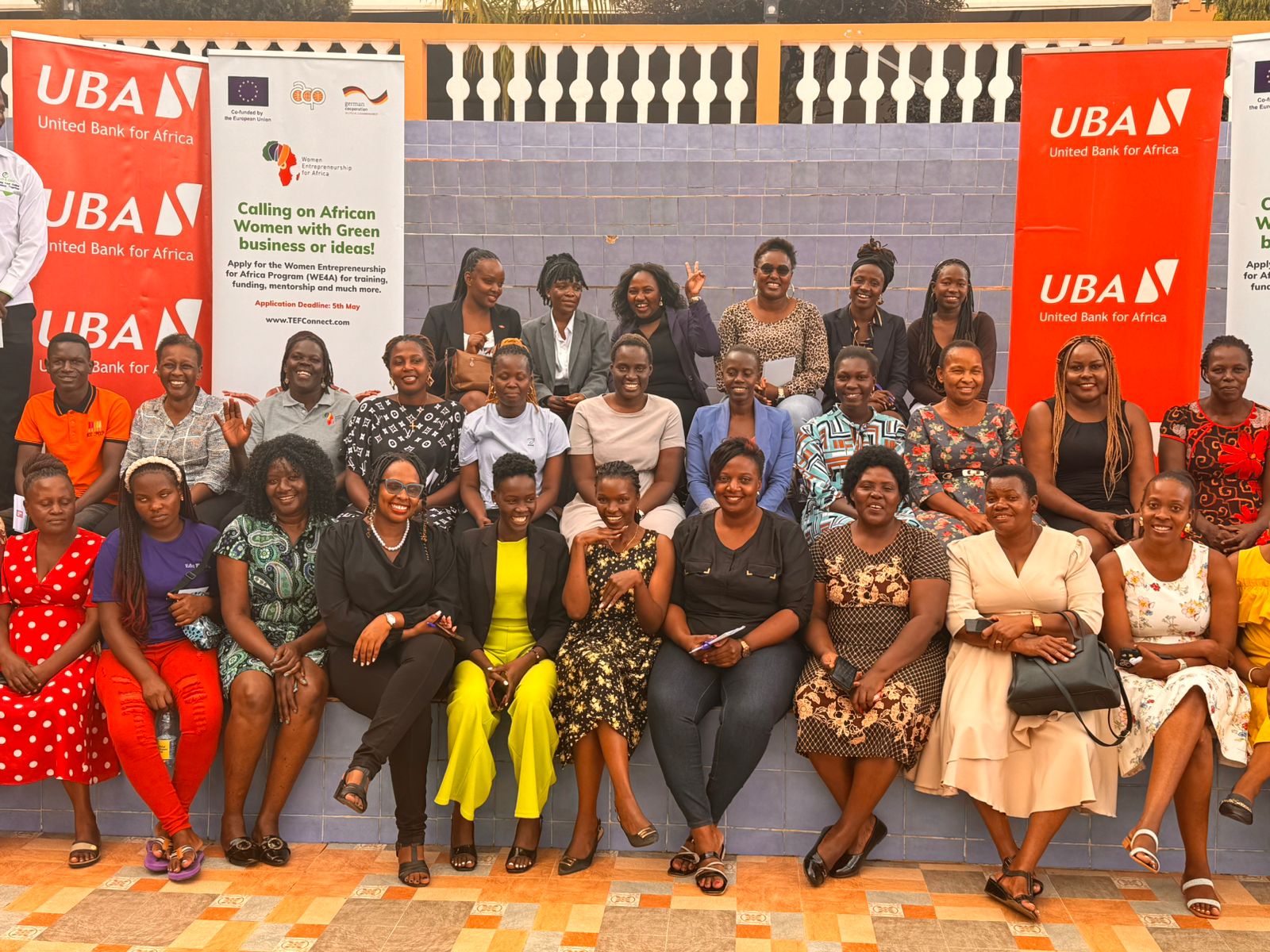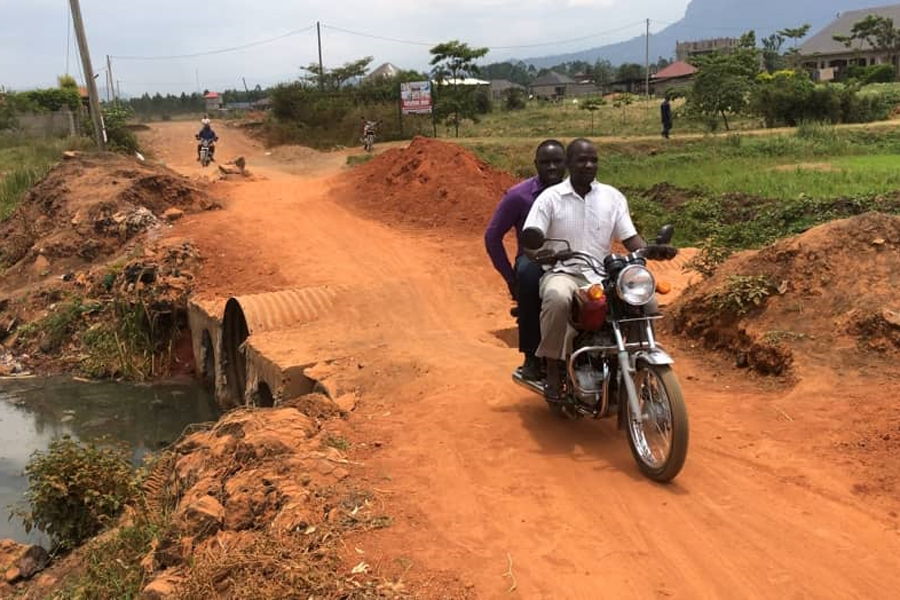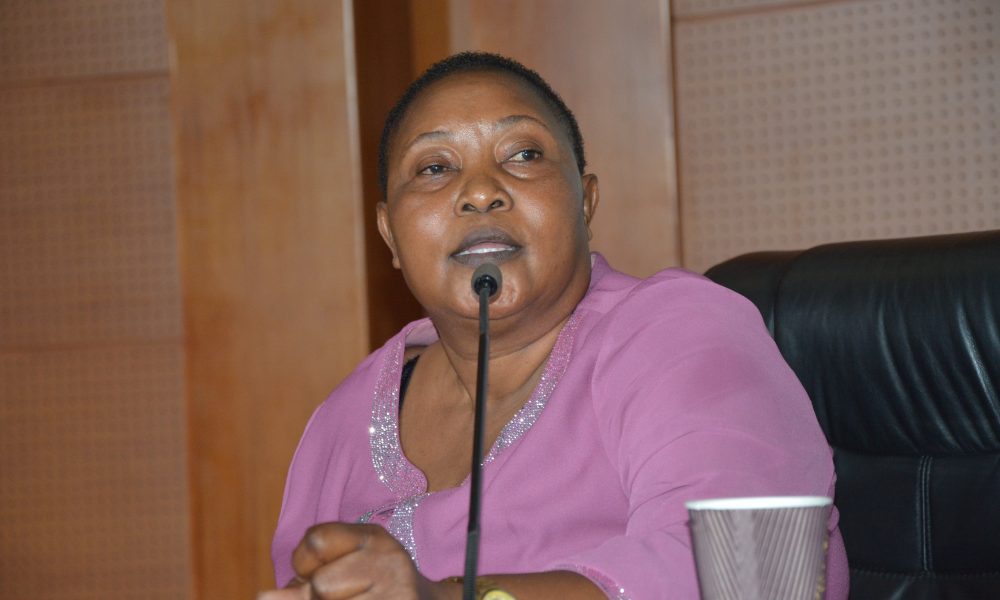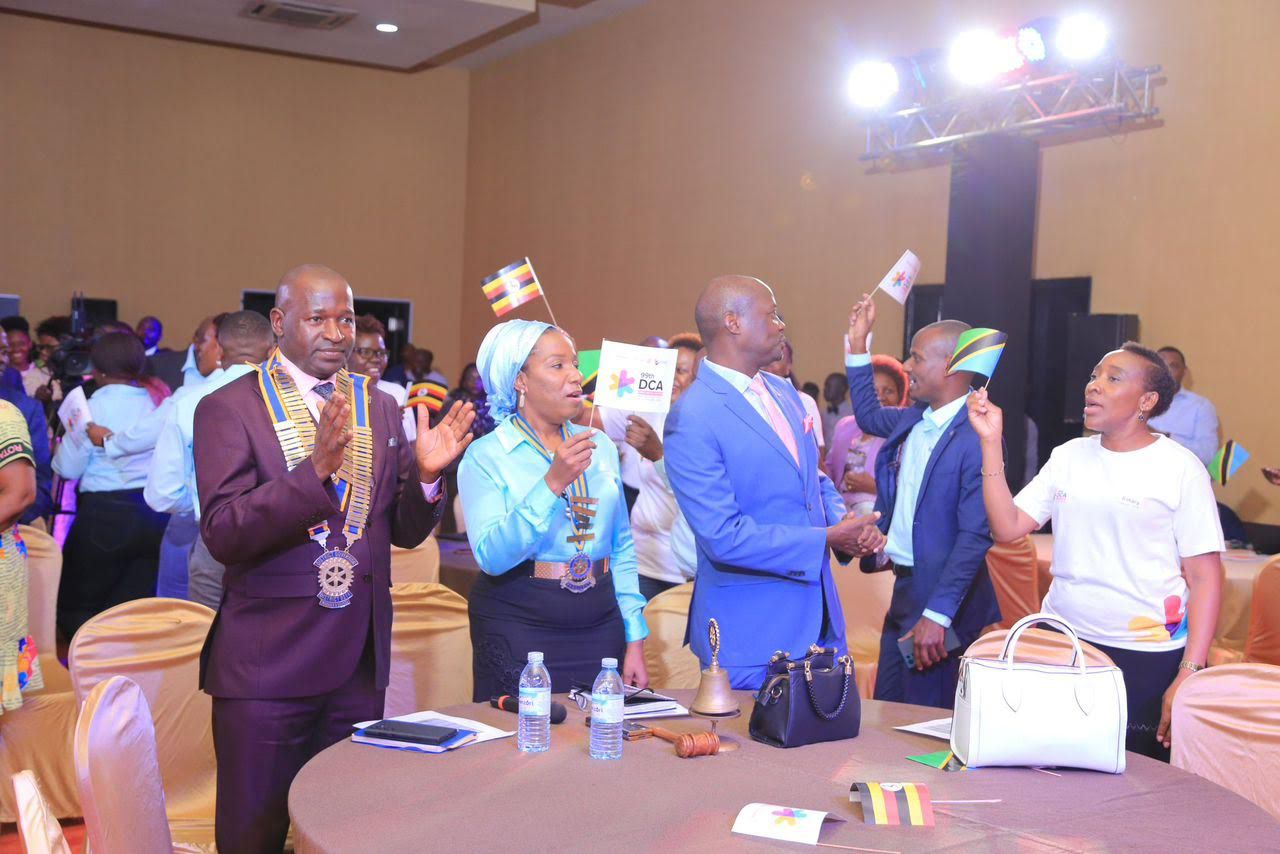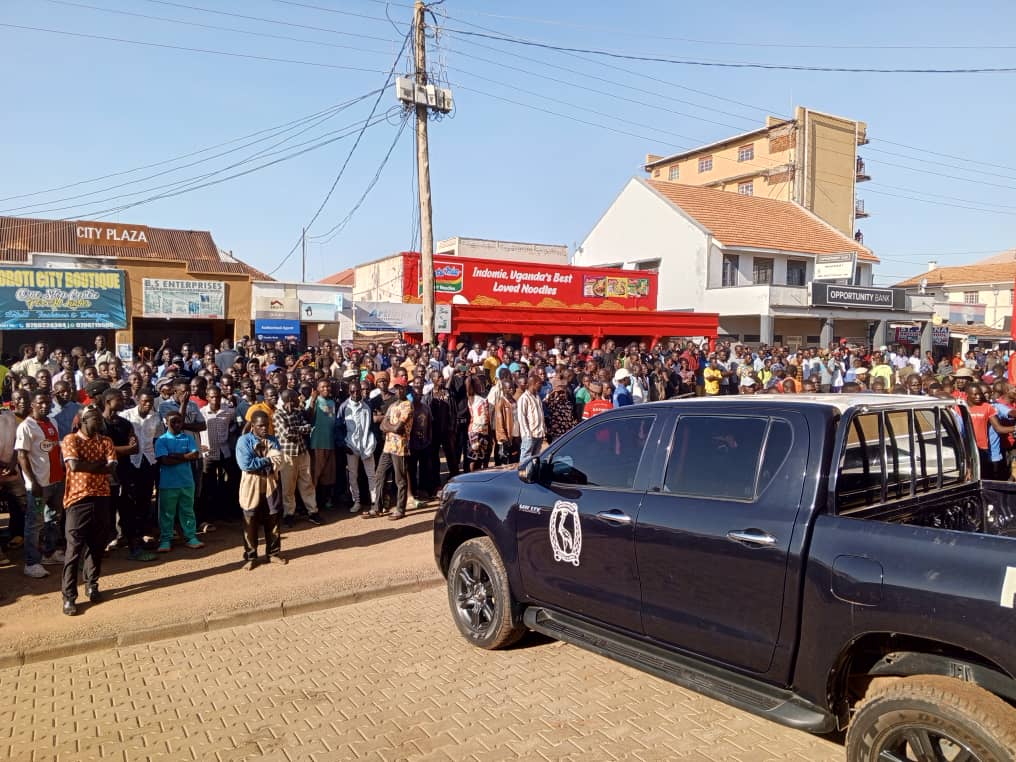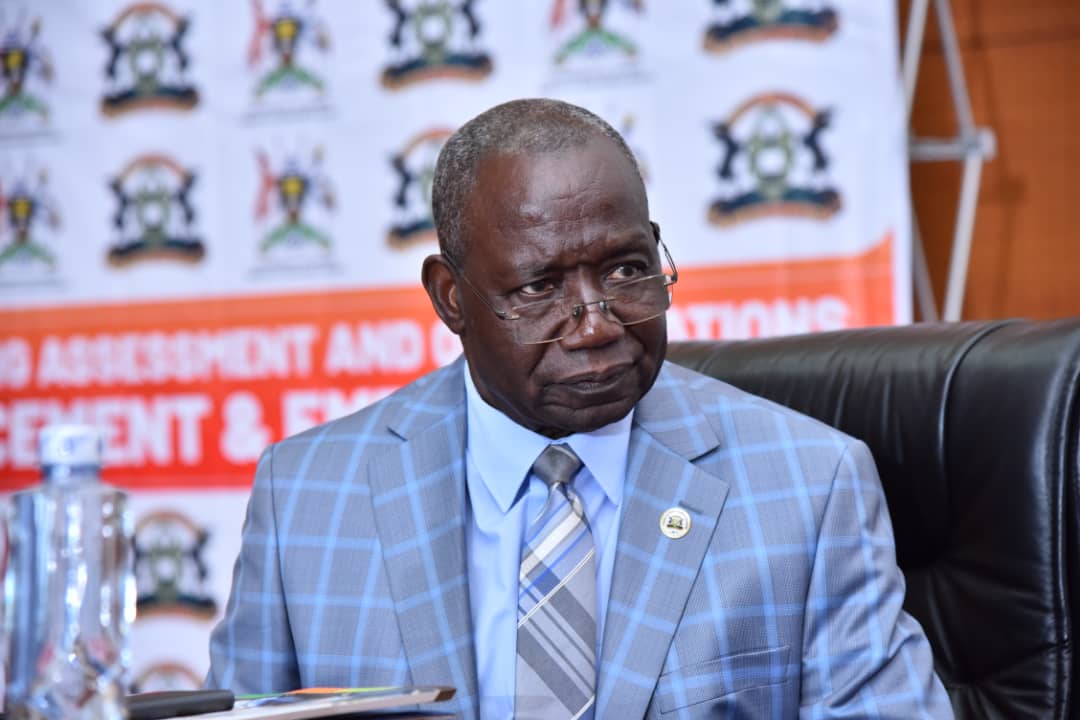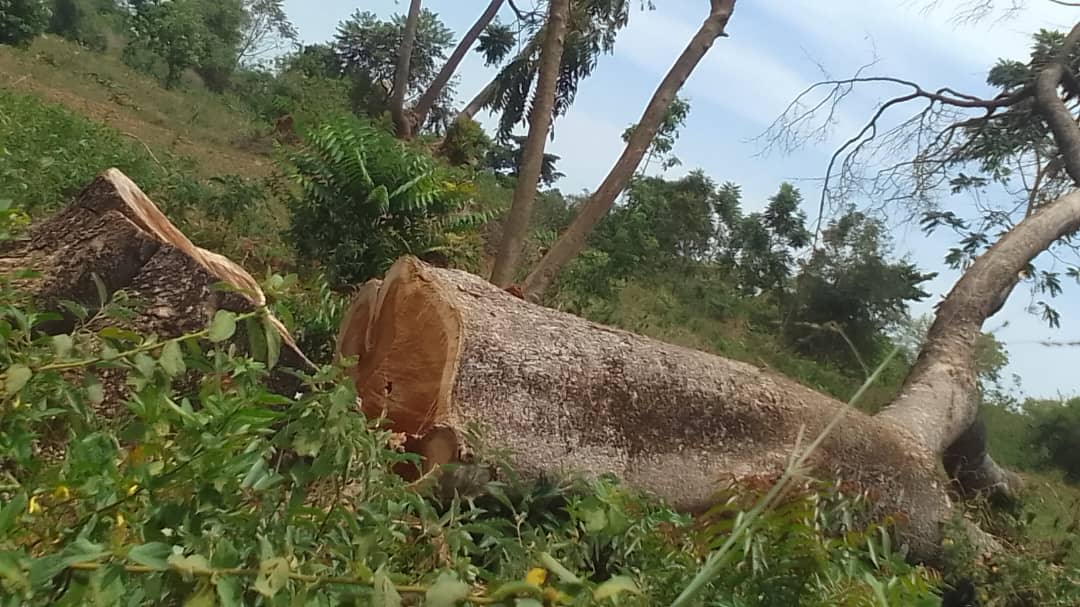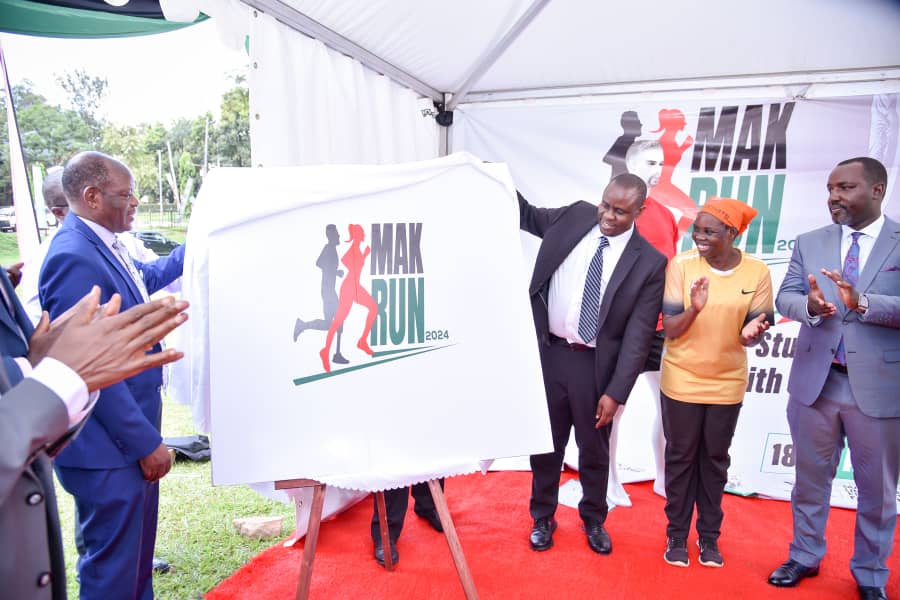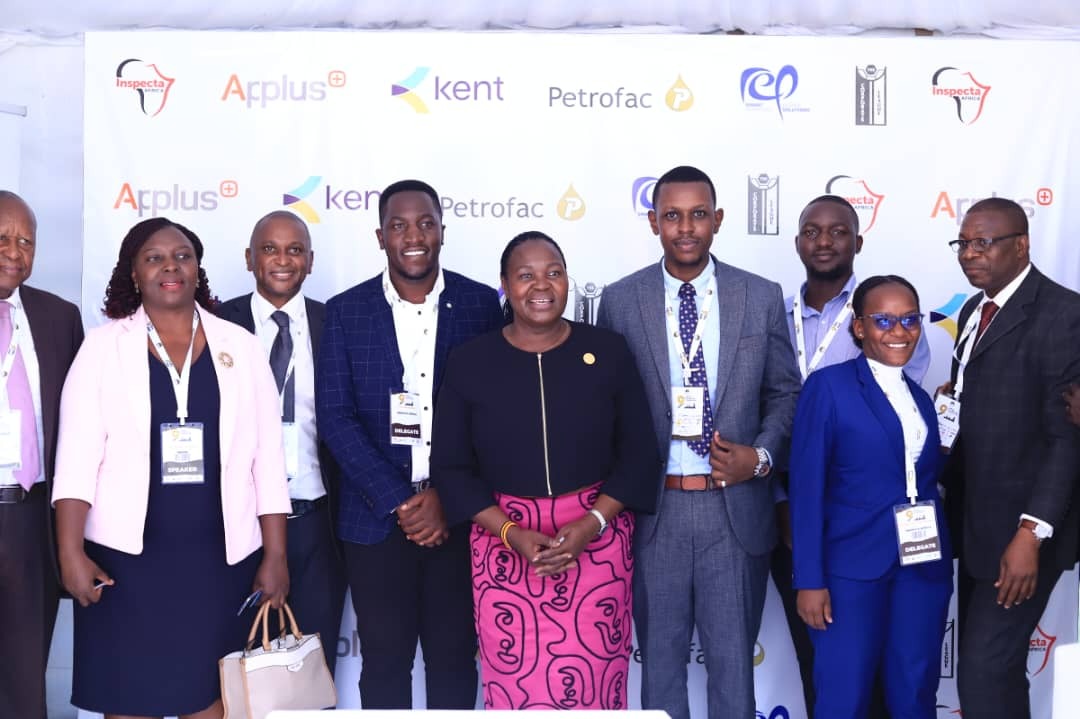Karamoja: Locals want a share of the mineral riches in the sub region
RUTH AYAMO
As mining companies flood Karamoja to explore its rich minerals, some of the local residents claim they have not benefitted from these activities and continue to wallow in poverty.
Keep Reading
Karamoja sub region houses tens of mineral deposits within its underneath basket. Key to note is Limestone and Marble.
For instance, it is estimated that Karamoja has got over 300 million tons of commercial limestone deposits, some of which are being exploited and transported to Tororo, Jinja, Kampala, Nakaseke and Mbale for cement and tiles manufacturing.
The mineral also serves as a raw material in the production of other construction products like slabs, tiles, terrazzo, aggregates, paint making, among others.
The most important open pit limestone mine covers a distance of about 4.5 km located in Kosiroi Village, Katikekile Parish in Tapac sub-county, southern part of Moroto District.
According to the Ugandan mining Cadastre (2018), national and international investors have been granted mining concessions for more than 60% of the land in Karamoja.
Communities in the sub region have little power to challenge investors or to advocate for their rights and favourable conditions for local development in the face of mineral resource exploitation.
At Kosiroi for instance, people from the Karamajong, Tepeth and Pokot tribes who hold their land under customary law have no formal legal title to their land.
Edward Eko, the principal assistant secretary Moroto district, said local communities cannot access mining licenses.
"We have agreed that we need to engage our communities, organise them so that they can access at least a location license to support them so that they can benefit from these resources within the region," Eko said.
The Mining Act 2003 under Part (VII) requires a surface rights agreement to be negotiated with land owners prior to active mining, and payments of royalties to lawful landowners once revenues flow.
Land in Kosiroi mining area is owned communally and has been used as grazing area by Tepeth community before the mining activities destroyed the vegetation and the soil.
The mining companies in the area have never negotiated surface rights with the traditional leaders.
Up to now, there is no binding document (agreement or MoU) clarifying the relationship between the community as legal landowner, and the cement manufacturing company with its mining rights. There is no document with neither the sub-county government nor the district government.
One of the organisations working to sensitise communities on their mining rights, Resource Rights Africa, said some mining companies have gone beyond and offered very low rates for limestone that have kept artisanal and small scale miners poor.
"The companies are not paying surface rights compensation. One of them acquired a mining lease in 2003 and a second mining lease in 2010 but all those the company has never paid surface rights compensation. The company keeps changing goal posts; they say we don’t know the land owners and all that. We as actors have come in to identify who the land owners are," said Andrew Byaruhanga, the executive director of Resources Rights Africa.
Byaruhanga claimed the company keeps changing the goalposts and up to date they have not paid surface rights which is by law illegal.
Ignorance on rights
Inadequate information and participation of communities in planning and decision making processes about their former grazing area and the current use has generated a lot of confusion about how the Tepeth community would benefit from the extractive activity.
The lack of legal evidence of land ownership puts communities at risk of human rights abuses linked to mining activities.
In Tapac sub-county the consequences are visible: land grabbing, loss of access to natural resources, water contamination and soil erosion, forced evictions and conflicts with immigrant families.
The failure to pay royalties to traditional landowners has already prompted community members to question their traditional leaders and the role of local government officials in the mining operation.
The Uganda Human Rights Commission crew led by its head Mariam Wangadya toured the Karamoja mines and highlighted some problems that have to be resolved through a tightened legal framework.
UHRC team made the following recommendations:
- 1. Government should fast track the passing of the Land Acquisition (Amendment) Bill to among other issues harmonise the land acquisition units in agencies that acquire land on behalf of Government;
- 2. The local governments of Rupa and Tapac should set up a Revenue Task Forces to track the amount of minerals leaving the sub-county, follow up of the royalties with Central Government and Moroto District Local Government to enhance service delivery at community level;
- 3. TCL and Sunbelt should heed to community demands to have a Memorandum of Understanding (MoU) spelling out Corporate Social Responsibility (CSR) projects to be undertaken in the community. A CSR committee comprised of community members, local leaders should be put in place to follow-up the MoU implementation and other community concerns.
- 4. Parliament of Uganda should fast-track the passing of the Mining and Minerals Bill that should among other things enable formalisation of artisanal and scale miners.
- 5. The recently adopted National Action Plan on Business and Human Rights should be disseminated at the lowest level such that mining companies utilize this framework in their operations.


